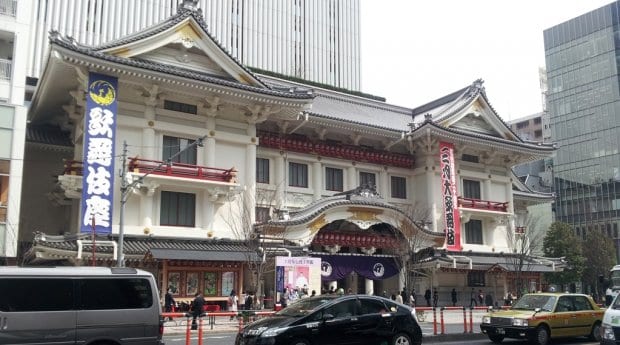Japan is one of the world’s most rewarding travel destinations, but its attitude towards homosexuality is something akin to Jekyll and Hyde. In 1872, the country outlawed homosexuality in a bid to emulate “Western values” during the Meiji era. The ban lasted only eight years, and no such law has existed in Japan since. Yet even today, there are precious few anti-discrimination protections for LGBT people in Japan and no forms of relationship recognition at all. A Pew Global Attitudes project in 2013 measured public acceptance of homosexuality at about 54 percent, making it one of the highest in Asia, but low compared with many other developed countries.
Despite this, same-sex attraction or more ambiguous queer depictions have become commonplace in Japanese comics, television and film, even outside the gei-comi and yaoi genres. The visibility of drag queens and other gender-bending entertainers in popular media has increased rapidly in the past 15 years. One such celebrity is the outspoken Akhiro Miwa, a lover of the late, lauded author and activist Yuko Mishima.
Japan, of course, has a long, well-established tradition of genderbending for entertainment, and taking in an act at Kabuki-za is an essential Tokyo experience. Created in the 17th century by female prostitutes in the city of Edo, early Kabuki quickly fell prey to its red-light reputation, which saw women banned from performing. By the mid 1600s however, male performers had already taken up the form, and it has since evolved to become one of Japan’s favourite cultural pastimes. So much so that male actors who specialise in female roles, known as onnagata, are often esteemed celebrities in Japan.
While Kabuki may have been kept off-limits in an attempt to curb prostitution, it continued to offer a parallel career, or in some cases a more respectable front, for male prostitutes — known as kagema — up until the 19th century. Onnagata, as well as wakashu-gata (actors who played adolescent boys), were particularly sought after by both male and female patrons. This admiration often went well beyond the actor’s sexual services, and could earn them considerable prestige on stage. It might also partly explain the enduring allure of the onnagata today.
A one-act ticket at Kabuki-za is ideal for first-timers. You can opt to see more, but know that acts performed throughout the day do not necessarily run in sequence. They may not even be from the same play. Single-act tickets can be had for less than 1,500 yen, while an English audio guide is well worth the additional 500 (plus 1,000 refundable deposit).
Kabuki-za is a stone’s throw from Ginza, a neighbourhood that embodies Tokyo’s rampant consumer spirit every day of the week. It’s also home to the famous Takarazuka Revue, where an all-female cast delights audiences with revues and musical spectaculars. While it’s showier and more contemporary than Kabuku, Tarahazuka is more than just a reply to the more famous all-male form.
The theatre dates back to 1914, when its first troupes began staging revues. Shortly before the outbreak of World War Two, the company introduced its unique style to audiences in Europe, Canada and the United States, and continued after the war to draw influences from Broadway, expanding its repertoire to full-scale musicals, including many original creations. Today, Takarazuka rotates its five troupes, each featuring two well-known leads. An otokoyaku plays the leading male roles, with female leads assigned to a musumeyaku.
While Kabuki has strong historic ties to its gay past, the Takarazuka Revue has had a much rockier relationship with lesbianism. As early as the 1920s, producers noted the enthusiastic response their mostly female audience had to the lesbian themes apparent in many productions. Love letters from fans, particularly to the otokoyaku, were common. Sadly, public outrage trumped this commercial opportunity, particularly when the first genuine relationship between an otokoyaku and a musumeyaku became public knowledge. The company has since placed controversial restrictions on its performers in terms of their appearance and fan interactions in an effort to disassociate from any lesbian image. But the theatre continues to draw a strong female — and queer — following, mostly due to its perceived subversion of Japanese gender roles, and will likely do so for many more years to come.
For more on homosexuality in Japan, check out the History Boys column Horny Monks in Ancient Japan.
Read more about manga and Japanese comics.
Read more about Japan in our travel feature Hidden Japan.
For the most up-to-date travel information on gay Tokyo, see our City Guide, Listings Guide, Events Guide and Activities Guide.

 Why you can trust Xtra
Why you can trust Xtra